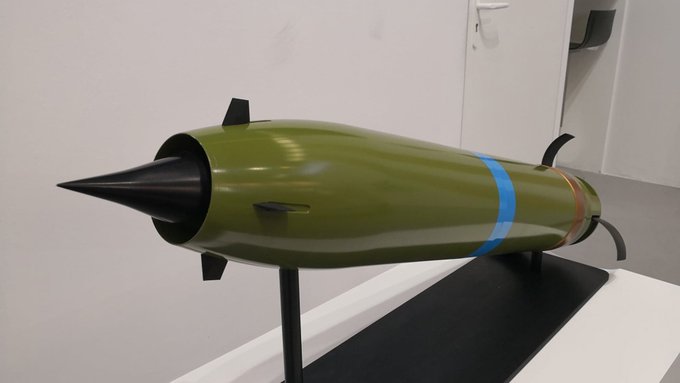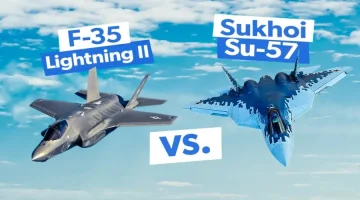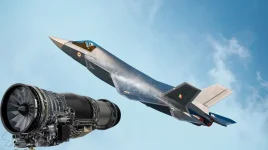- Views: 2K
- Replies: 11

India's quest to revolutionize its artillery capabilities continues, with recent developments surrounding a next-generation ramjet-powered artillery shell undergoing testing.
Lieutenant General P R Shankar (Retd.) revealed the project's progress during a recent Southern Command seminar on National Security and Building Bharat.
Promising Developments, Room for Refinement
The project, a collaboration between the esteemed Indian Institute of Technology Madras (IIT Madras) and the Army Design Bureau (ADB), has seen a significant test of a 155mm ramjet shell conducted last month at Balasore.Lt Gen Shankar confirmed that while the test wasn't a complete success, it yielded invaluable data for the development team to refine the design. The next iteration, expected to be the 10th-12th version, is reportedly in the works and nearing completion.
Building on Success
This advancement comes on the heels of a successful test firing of a half-scaled 76mm ramjet shell prototype at the Deolali firing range six months prior, demonstrating the project's foundational technological success.Understanding Ramjet Technology
Unlike traditional artillery shells, ramjet engines use airflow to fuel their combustion process.This unique mechanism grants them a significant range advantage, potentially revolutionizing artillery warfare.
India's ambitious project aims to drastically increase artillery firing range while maintaining compatibility with existing howitzer systems.
Implications for India's Defence
News of the continuous development and approaching readiness of the next ramjet shell iteration is a major positive for India's defence modernization efforts.Successful deployment of this technology could offer the Indian Army a substantial tactical advantage on the battlefield.



